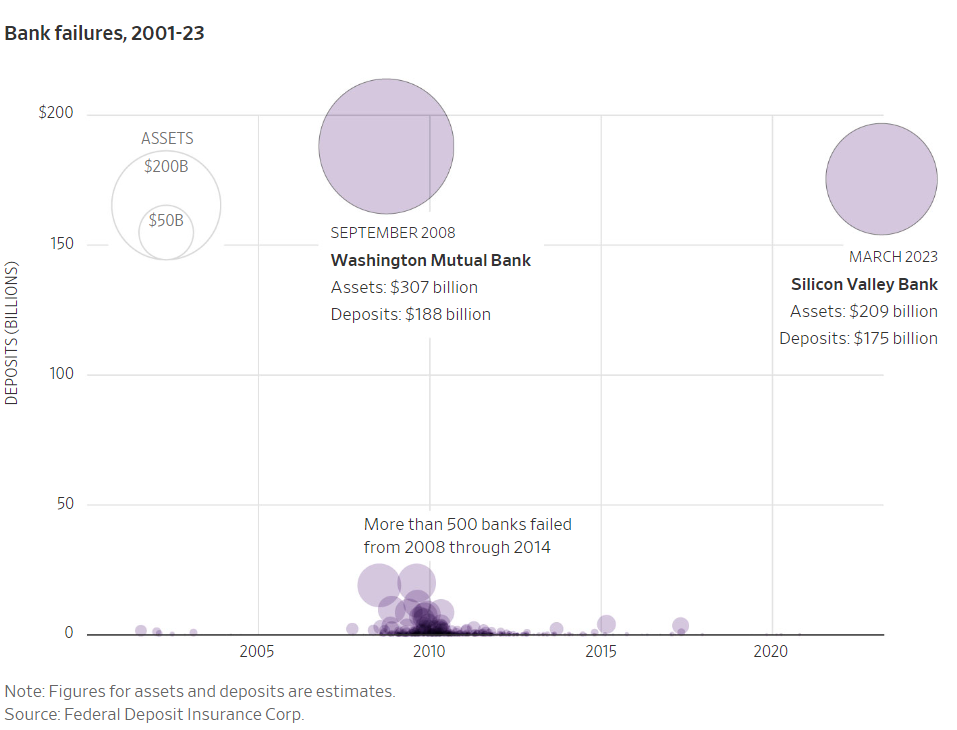We experienced the tragic loss of Jack Reid on April 30, 2022 and through great sorrow, came together in meaningful ways as a community. The Special Oversight Committee of the Board of Trustees conducted a five-month review of the circumstances surrounding Jack’s death by suicide, and produced a summary of findings that were shared with the community in December 2022.
April 30, 2023
The Lawrenceville School and William and Elizabeth Reid, parents of Jack Reid, have reached an agreement in the wake of the tragic loss of Jack, a Fourth Former in Dickinson House, who died by suicide on April 30, 2022. Jack was universally regarded as an extremely kind and good-hearted young man, with an unwavering sense of social and civic responsibility and a bright future. We continue to mourn this loss.
As we seek to improve as a community, we have examined our role and take responsibility for what we could have done differently. Lawrenceville’s top priority is the physical, social, and emotional health, safety, and wellbeing of our students. We recognize that in Jack’s case, we fell tragically short of these expectations.
Jack was a victim of bullying and other forms of cruel behavior at Lawrenceville over the course of a year, including in the form of false rumors in person and online. When these behaviors were brought to the attention of the School, there were steps that the School should in hindsight have taken but did not, including the fact that the School did not make a public or private statement that it investigated and found rumors about Jack that were untrue. There also were circumstances in which the involvement of an adult would have made a difference.
In addition, on April 30, when the student who previously had been disciplined for bullying Jack was expelled for an unrelated violation of School rules, the School allowed him to return to Dickinson House largely unsupervised where students gathered, including some who said harsh words about Jack. School administrators did not notify or check on Jack. That night, Jack took his life, telling a friend that he could not go through this again. The School acknowledges that bullying and unkind behavior, and actions taken or not taken by the School, likely contributed to Jack’s death.
In the ensuing months, the School undertook an investigation of the circumstances leading up to Jack's death. Reflecting on those findings, and discussing them with the Reid family, we acknowledge that more should have been done to protect Jack.
Today's multi-faceted settlement with the Reids is aimed at honoring Jack, taking appropriate responsibility, and instituting meaningful changes that will support the School’s aspirations of becoming a model for anti-bullying and student mental health.
Over the past year, we have focused on four broad lines of action: training and educational programs, House culture and healthy socializing, the structure of our Dean of Students office and disciplinary protocols, and general health and wellness. In addition to efforts undertaken over the past 12 months, we are planning the following:
Lawrenceville will contract with a specialist on school bullying to help construct policies and training to identify and effectively address the behaviors that lead to bullying and cyberbullying.
Lawrenceville will contribute to the Jack Reid Foundation, a foundation established by the Reid family focused on education and prevention of bullying.
Lawrenceville will hire a Dean of Campus Wellbeing. This will be an endowed position focused on the variety of student mental health issues educational institutions face.
Lawrenceville faculty, professional staff, and students will participate in trainings and workshops to raise awareness and promote better understanding of adolescent mental health.
Consulting with outside experts as needed, Lawrenceville will continue to review and make improvements to its emergency response protocols and crisis response plans; it similarly will review the safety training it provides to faculty and staff to assure it aligns with best practices.
Lawrenceville will make a recurring gift to a mental health organization to support research and best practices for suicide prevention in school environments.
There is, of course, nothing that will ever make up for the tragedy of losing this promising and beloved young man. But it is the hope of all of us that Jack's memory is honored.




















